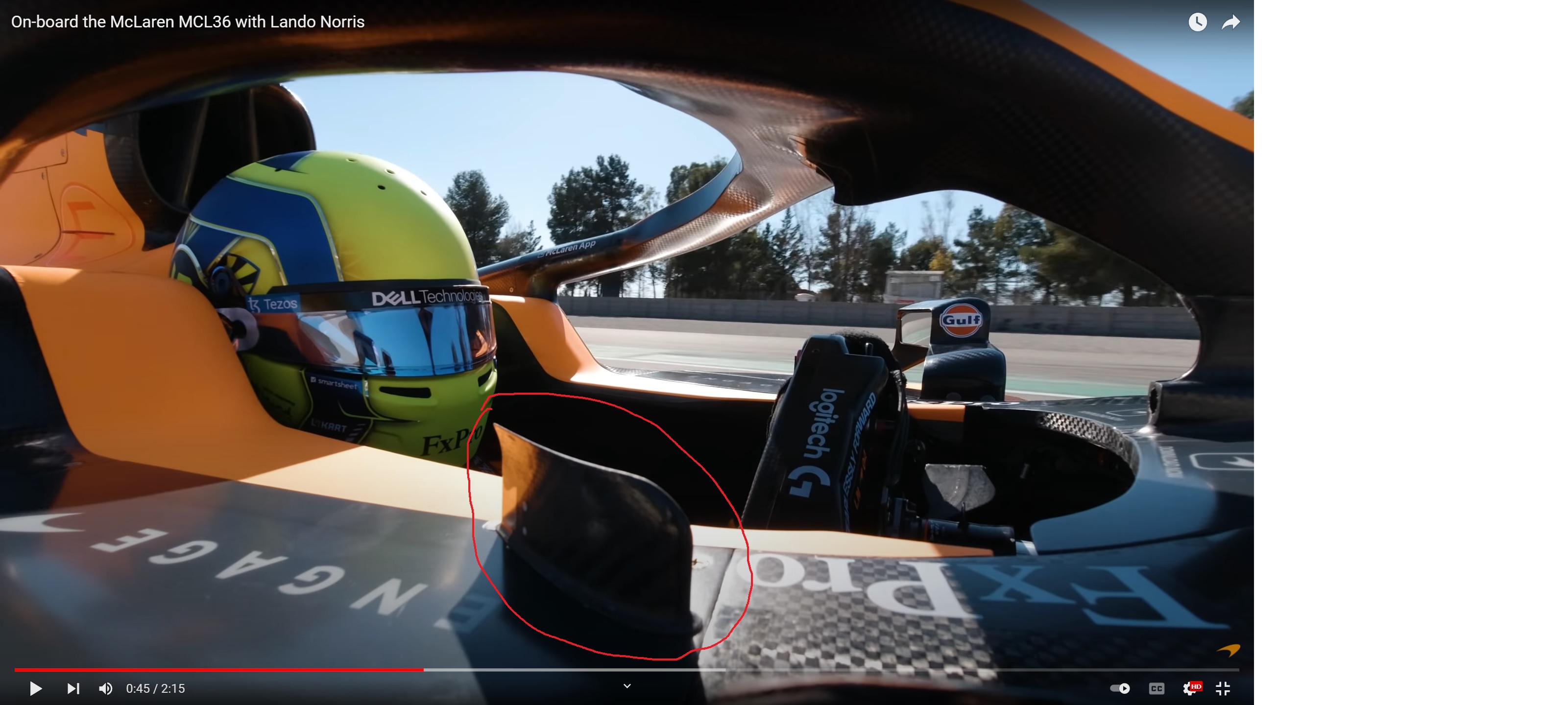- Login or Register
No account yet? Sign up
If a driver can feel how much downforce the car is producing, they can use that feedback to operate the controls.
A driver just takes a corner at a given speed having figured out what that speed is during practice. That's what practice is for, after all.godlameroso wrote: ↑25 Jan 2022, 20:14If a driver can feel how much downforce the car is producing, they can use that feedback to operate the controls.
They already feel how much downforce the car has based on how much grip they havegodlameroso wrote: ↑25 Jan 2022, 20:14If a driver can feel how much downforce the car is producing, they can use that feedback to operate the controls.
That makes sense. If a skirt failed up or the fan didn't chug properly, the car was going straight on at the next corner.Greg Locock wrote: ↑26 Jan 2022, 00:12Either the fan car or one of the sliding skirt cars had a pressure gage so you knew if the system was working as you entered a corner.

I don't see the relation with one duct with the rest of the car. You can use multiple ducts branching into that one, almost like a pitot tube... and connect it to some sort of gauge.... see where I'm going?godlameroso wrote: ↑22 Jan 2022, 03:22I wonder if anyone has tried using the driver cooling duct as a feedback mechanism for the driver to gauge how much downforce the car is generating.
Having thought about it more, it could also be seen as an illegal driver aid. If the driver had a way to know how much downforce the car was producing, it wouldn't be too hard for the engineers to come up with a way to let him know if the downforce on the car is enough for the throttle position the driver is requesting.PlatinumZealot wrote: ↑31 Jan 2022, 16:03I don't see the relation with one duct with the rest of the car. You can use multiple ducts branching into that one, almost like a pitot tube... and connect it to some sort of gauge.... see where I'm going?godlameroso wrote: ↑22 Jan 2022, 03:22I wonder if anyone has tried using the driver cooling duct as a feedback mechanism for the driver to gauge how much downforce the car is generating.
The suspension travel sensors and are myriad pressure sensors are already there, so the engineers already know precisely how much downforce is being made. You could a numerical display on the screen to show the drivers but not like the drivers care too much for that fine grained detail. We often hear the engineers telling the drivers which parts have lost downforce and how much tenths of lap-time was lost.

Weren't you the one that told me the flow goes from the front to the back of the car in a fraction of a second? Average human reaction time is ~.7 these drivers train their reaction time so .4 would be best case scenario. From the winglet to the driver's helmet is ~.5m, at 35m/s the airflow from the vane would get there just around the driver's natural reaction time.Just_a_fan wrote: ↑22 Feb 2022, 18:43By the time the flowfrom that vane reaches the driver's helmet, he'll already have an armful of oppo applied.